Don Quixote and the World Book Day
Last Updated on September 4, 2025
He thereupon commended himself with all his heart to his lady Dulcinea, beseeching her to succor him in this peril; and, being well covered with his shield and with his lance at rest, he bore down upon them at a full gallop and fell upon the first mill that stood in his way, giving a thrust at the wing, which was whirling at such a speed that his lance was broken into bits and both horse and horseman went rolling over the plain, very much battered indeed…”
(Don Quixote de la Mancha).
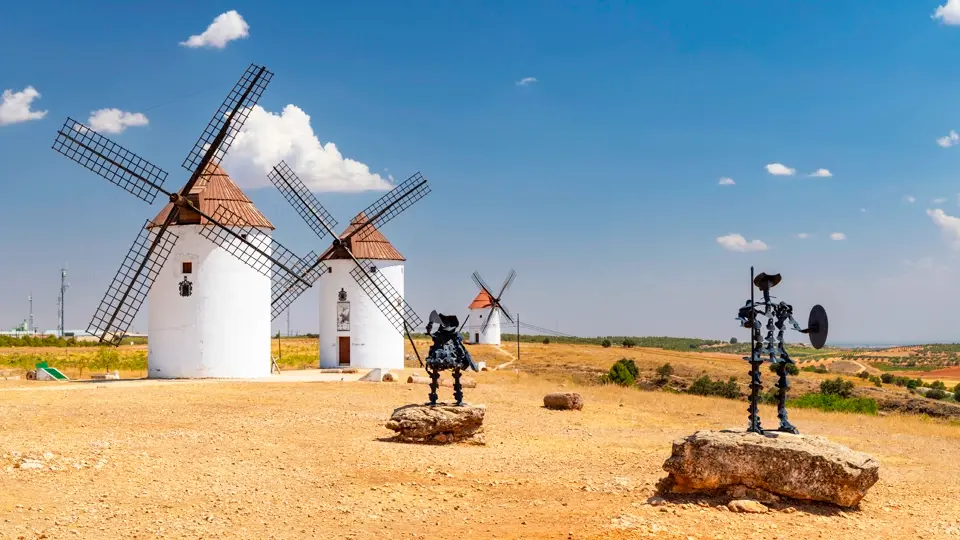
Every 23th of April takes place the World Book Day in many countries. Promoted by the UNESCO this is a day to encourage reading and defend the authors’ rights. The date has not been chosen by chance. In April 23th 1616 two geniuses died: William Shakespeare and Miguel de Cervantes. Although this isn’t exactly correct as Shakespeare died de 23th of April in the Julian calendar (in our calendar this day corresponds to the 3rd of May) and Cervantes died the 22nd and was buried the 23rd the date has been worldwide adopted to praise the joy of reading, defend books and universal knowledge.
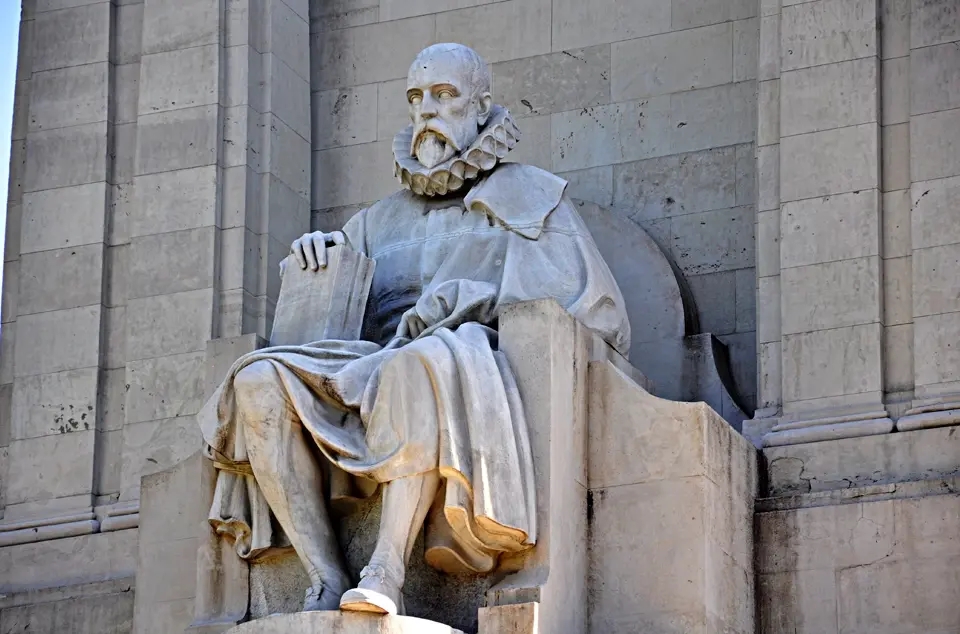
In Spain this celebration is taken really seriously and many activities take place in all the cities around the country. In Catalonia the tradition says you have to gift your beloved with a red rose and a book. If you happen to be in Barcelona this day you will see in the streets more roses that in any Valentine ’s Day! In other cities the celebration takes place at night when libraries stay open and lectures, concerts and many other activities take place until late night hours.

Miguel de Cervantes and Don Quixote are the main characters this day. It’s a tradition to organize loud voice reading of The Quixote in many Cervantes Institutes around the world. For us this day is a perfect excuse to remember Miguel de Cervantes and his fictional character that made him one of the most important writers of all times.
FOLLOW DON QUIXOTE IN A FASCINATING ROUTE BATHED IN HISTORY AND LEGEND
Madrid is the perfect starting point to this approach to the figure of Miguel de Cervantes and our journey across Don Quixote’s main landmarks. Madrid was the city where he spend most of his life, although Cervantes had a rather eventful life and lived in many other places.
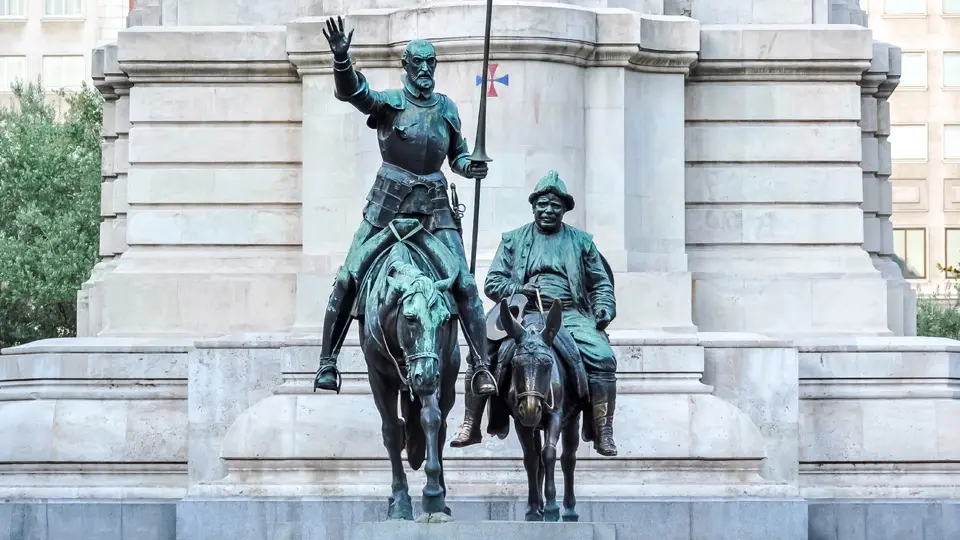
He is buried in the Trinitaris Descalzas Covent in the famous Barrio de las Letras. In the centric España Square there is a huge monument to the author where many of his works are represented.
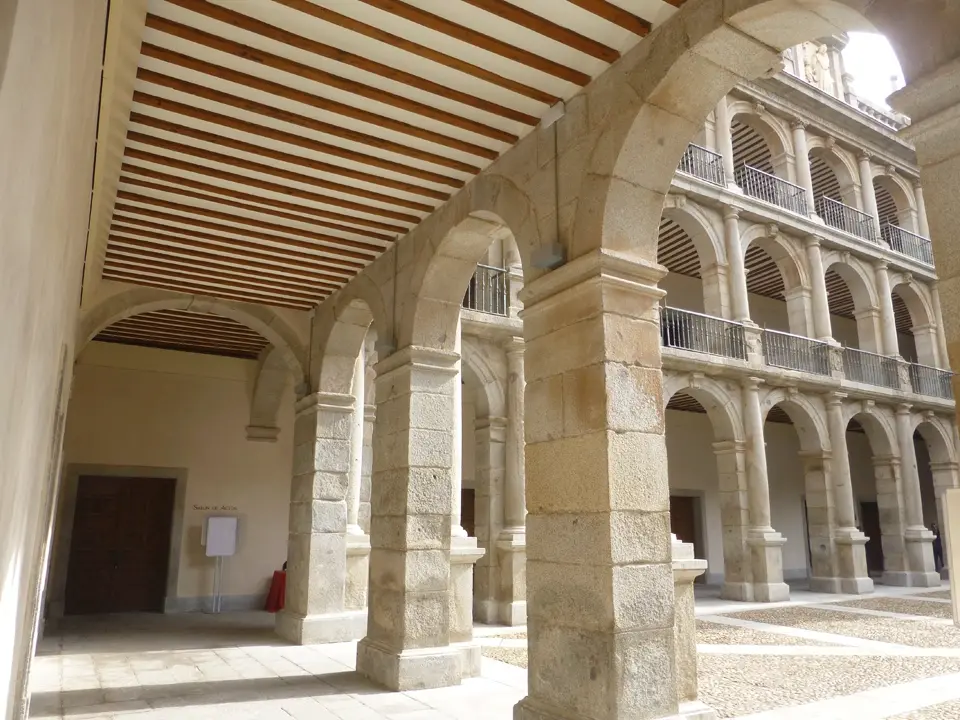
Although many towns have claimed to be Cervantes’ birthplace all through the years, the truth is that this honor corresponds to Alcalá de Henares. This medieval town only 20 miles away from Madrid is our next stop. In its quaint medieval old quartier, declared World Heritage Site by UNESCO and preserved like no other in the world, you will find Miguel de Cervantes childhood home.
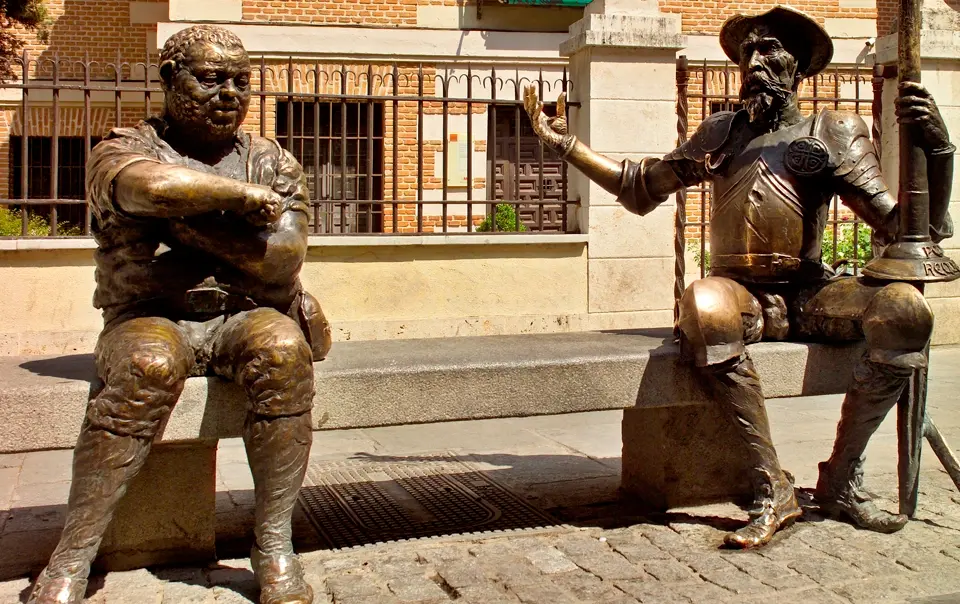
Our journey continues in some of the most characteristic and legendary towns in La Mancha. The track of Don Quixote and Cervantes will lead us to Argamasilla de Alba, where Miguel de Cervantes was jailed. Although Cervantes was in jailed many times for different reasons, the legend says that it was precisely here, while he was deprived of his freedom, that he wrote El Quixote.
We will also visit Tomelloso. Although many towns claim to be honored to be that “Somewhere in La Mancha, in a place whose name I do not care to remember”, mentioned by Cervantes in his renowned novel, experts and literary critics agree that said somewhere in La Mancha is Tomelloso. In El Toboso we will find an important figure in Don Quixote’s novel Dulcinea. This village is worldwide known for being the town of Don Quixote´s beloved.
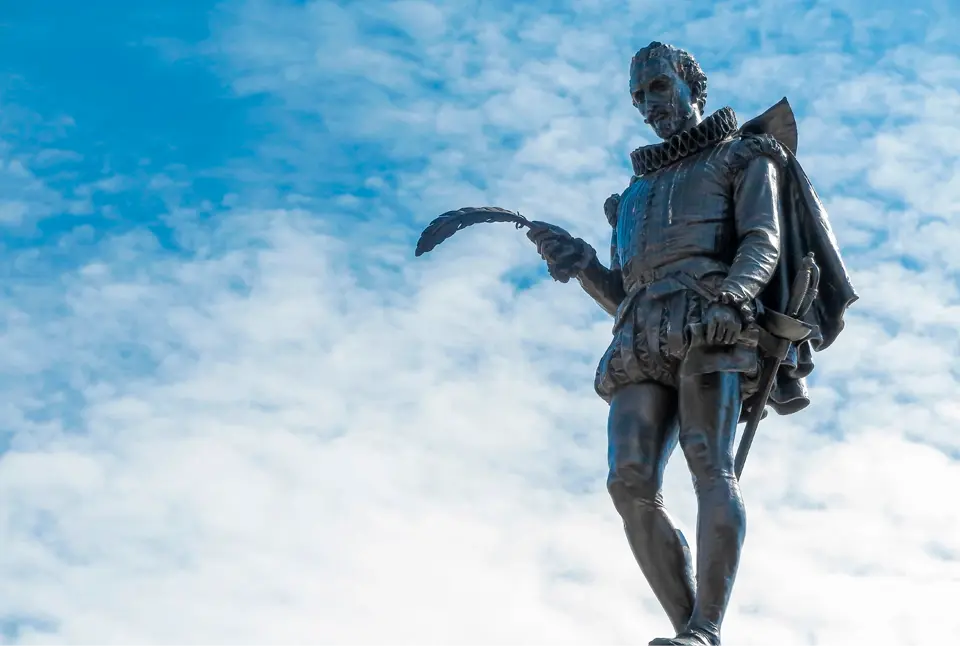
We will finish our day in Campo de Criptana, where we will see the famous windmills Don Quixote fought against. These towns still preserve their original charm with their whitewashed houses and interior courtyards, as well as their palaces and castles. The noble knight’s traditions are present in the entire route just like in the Quixote novel.






